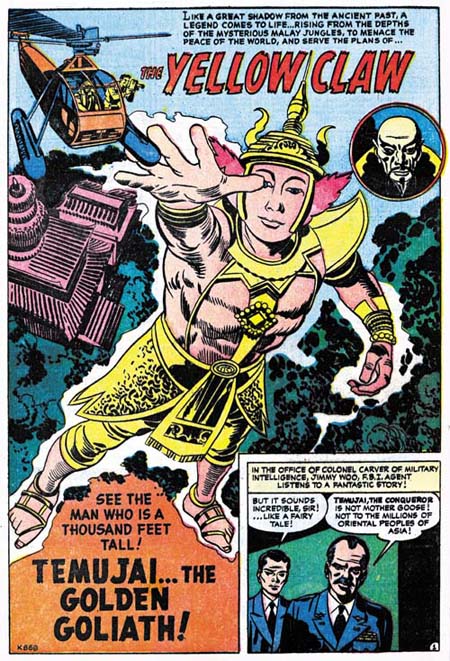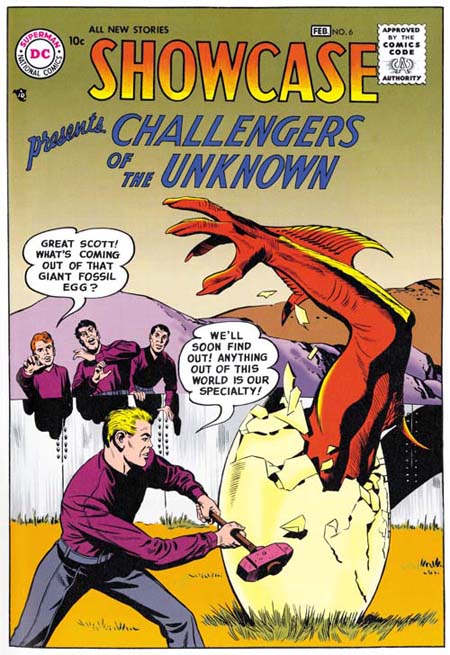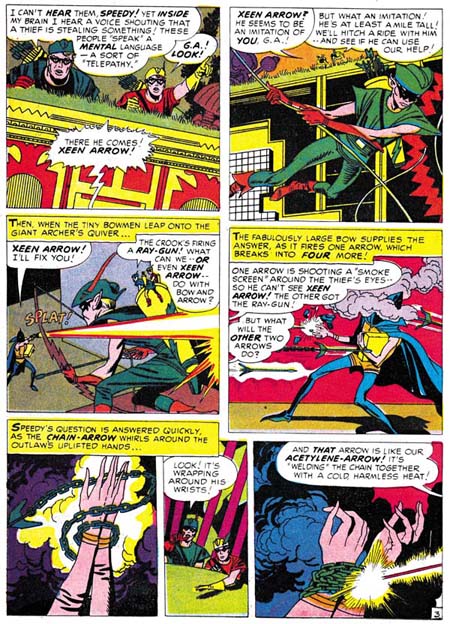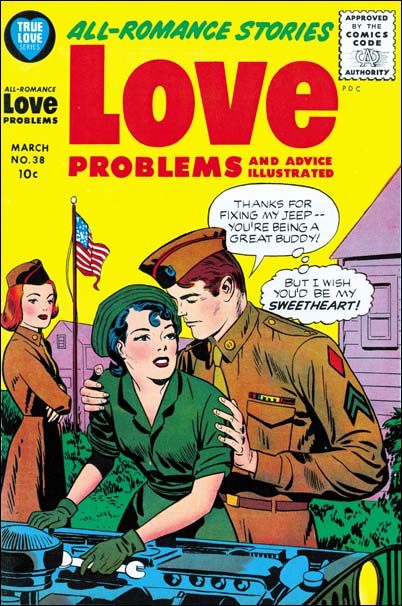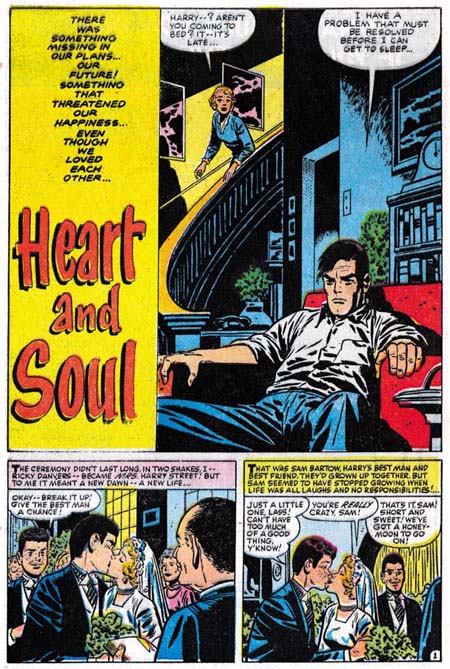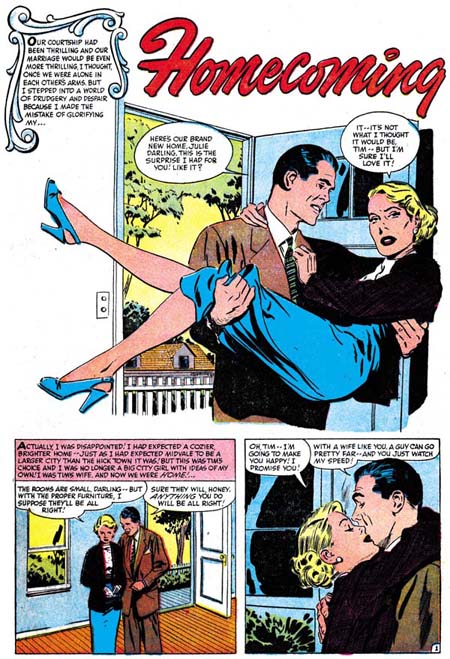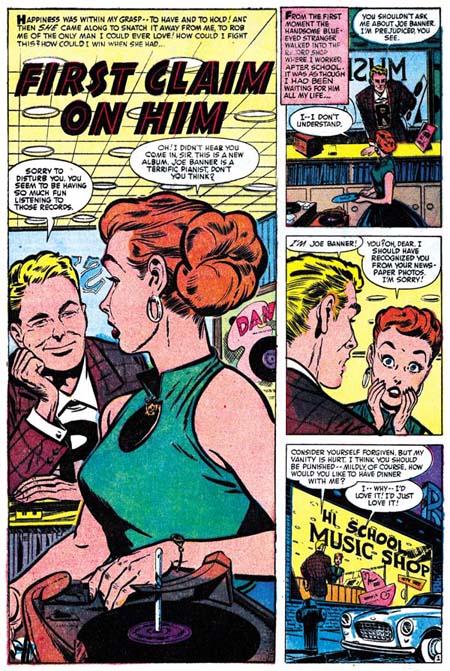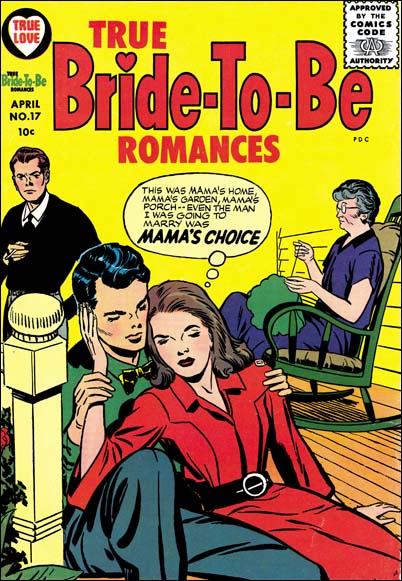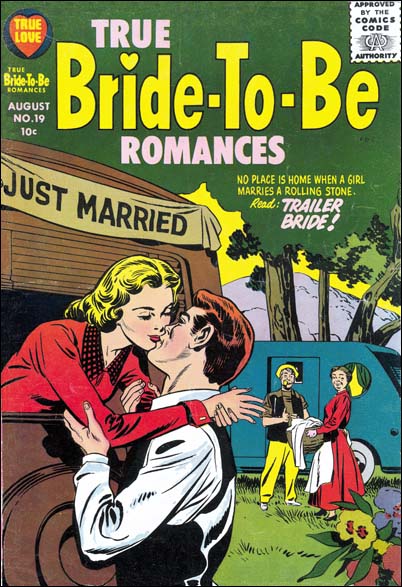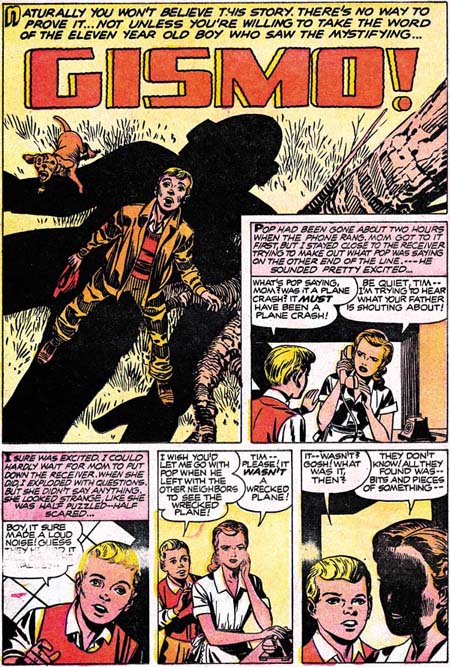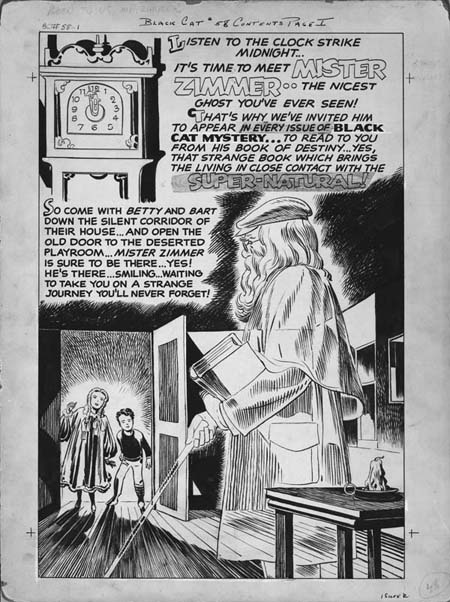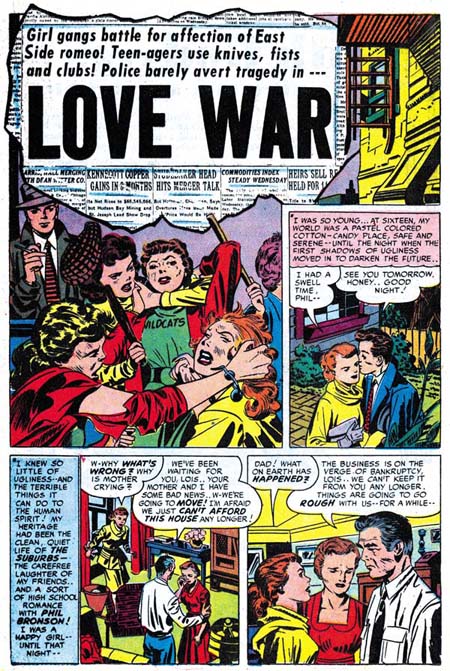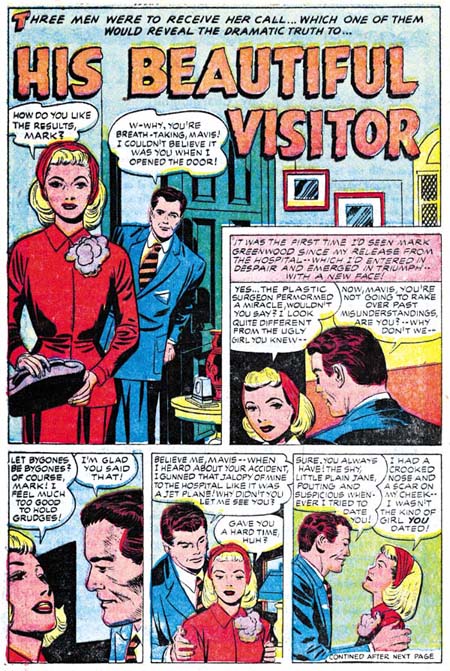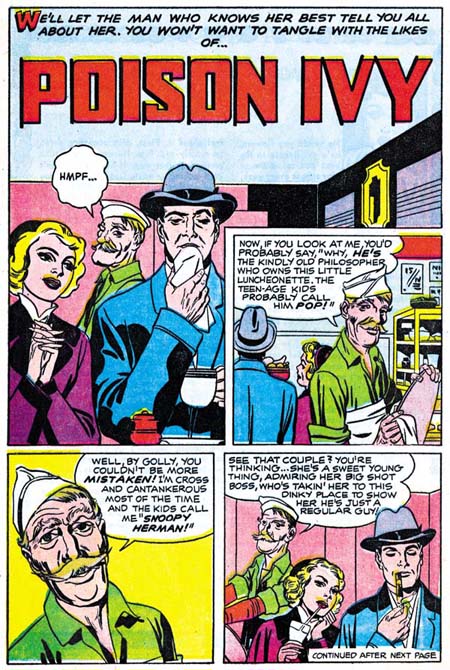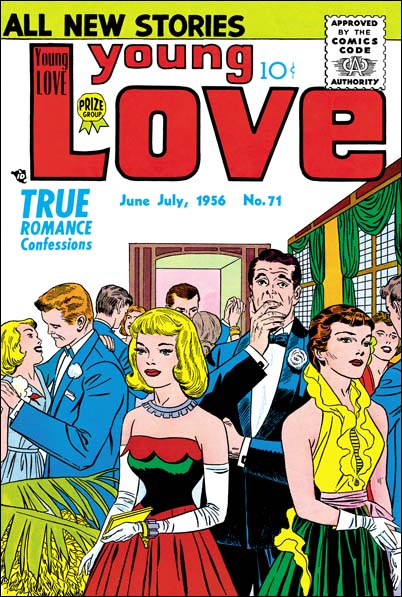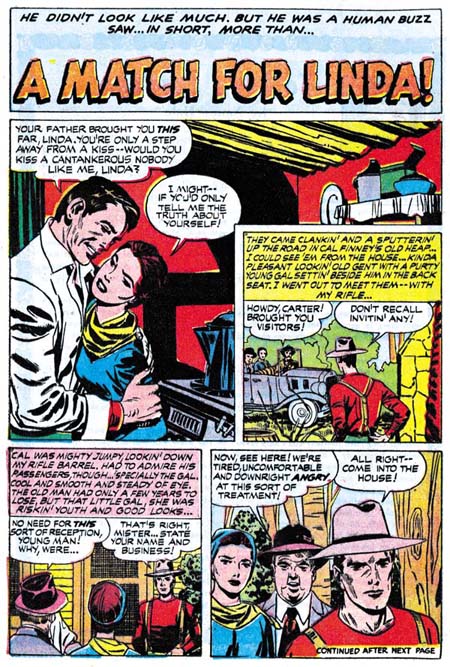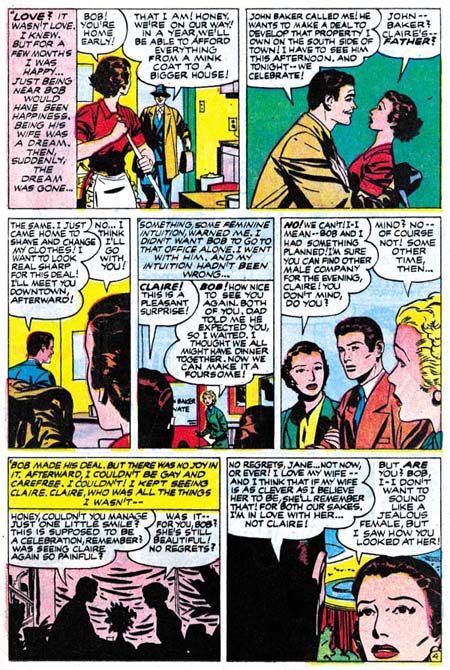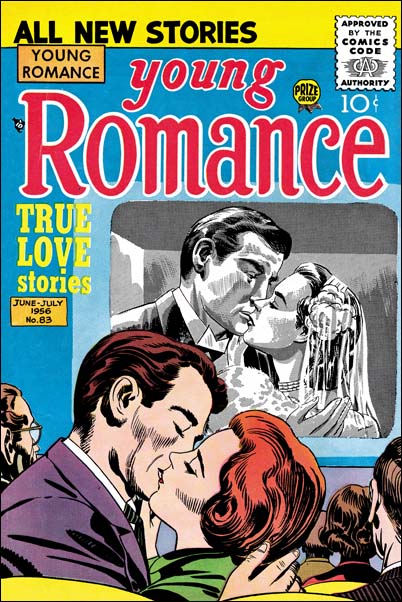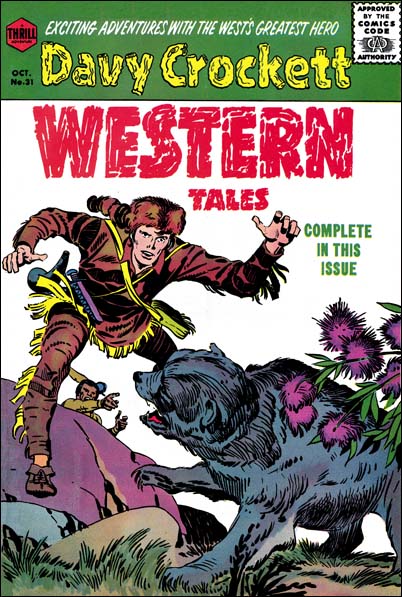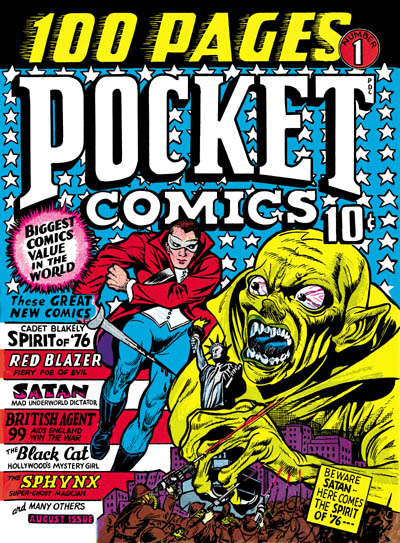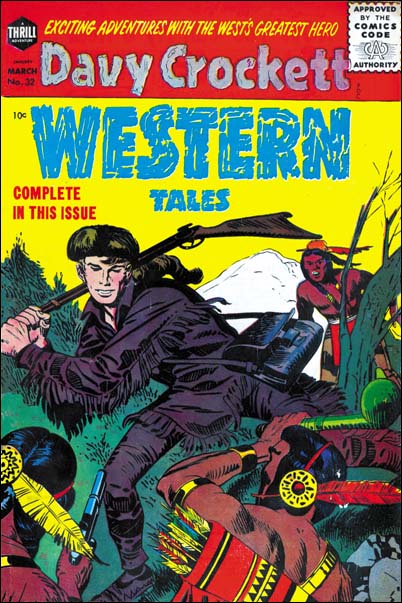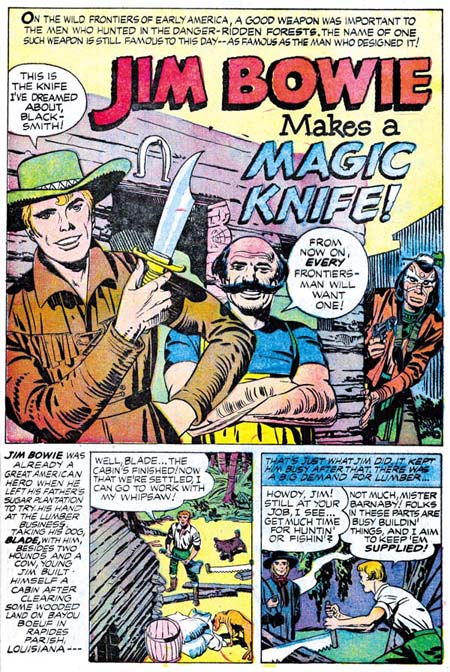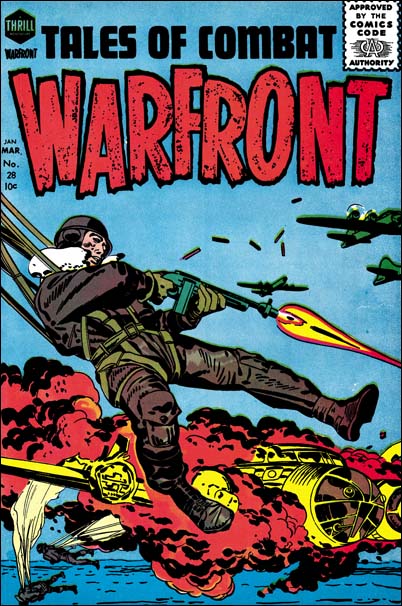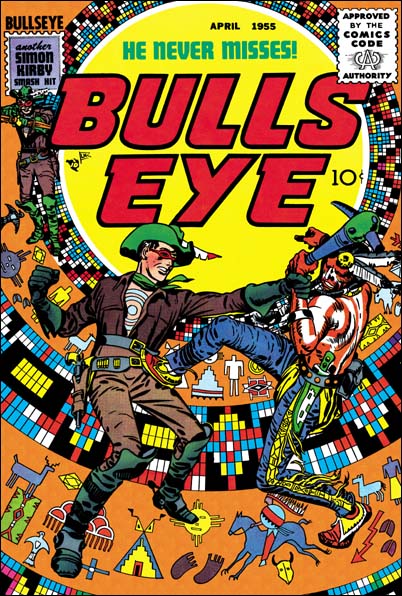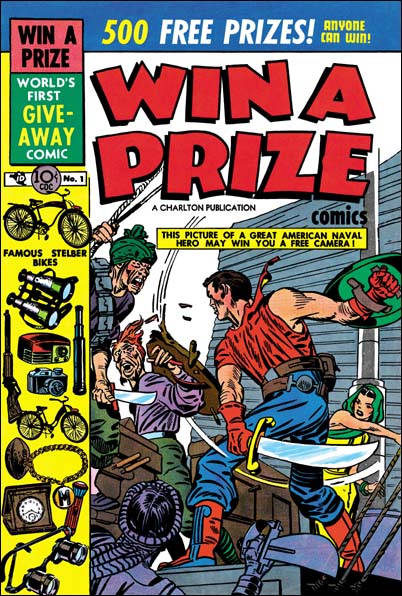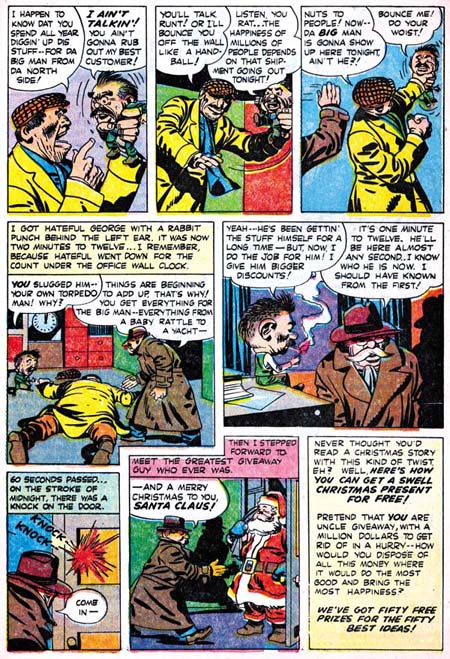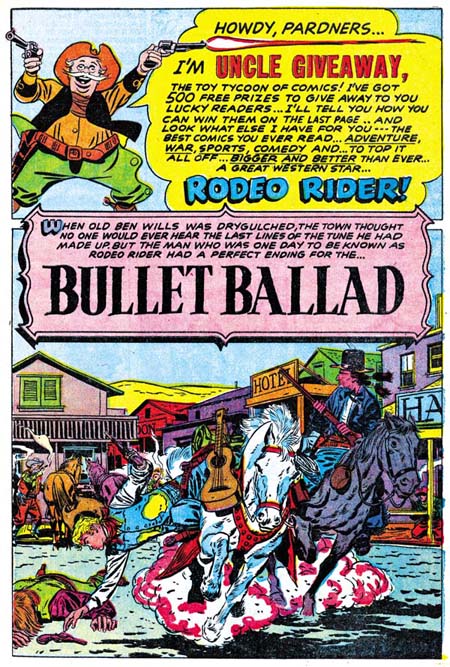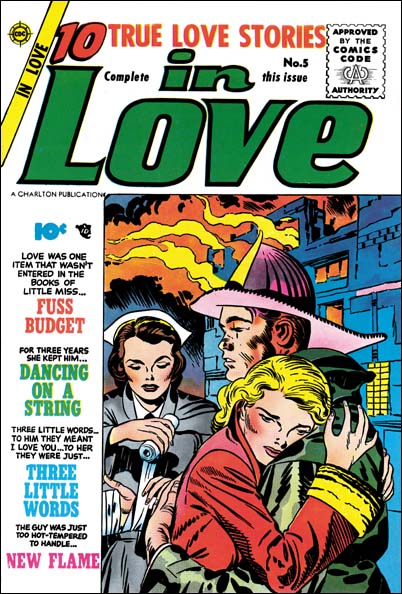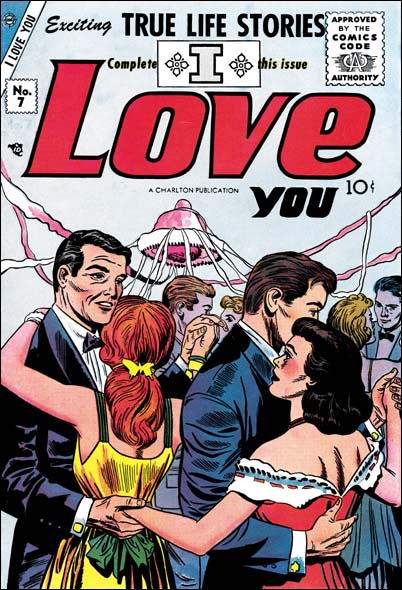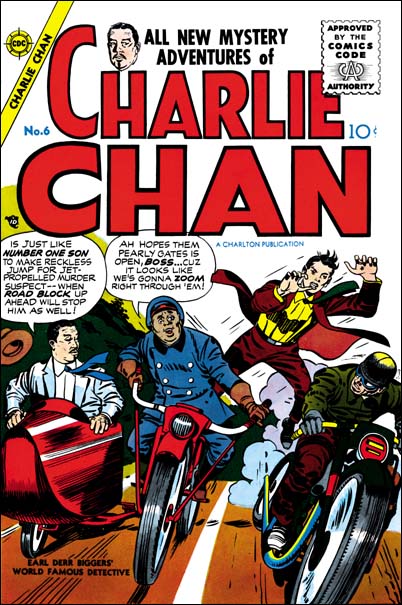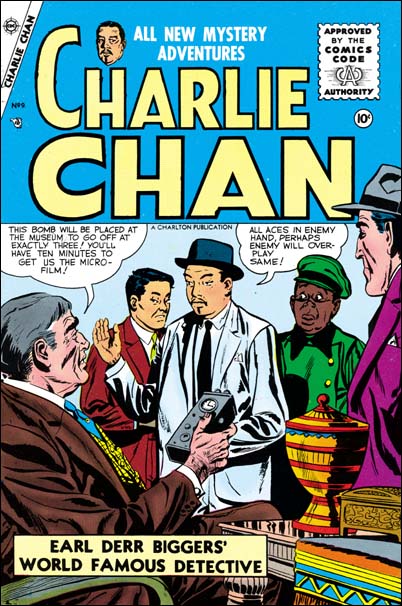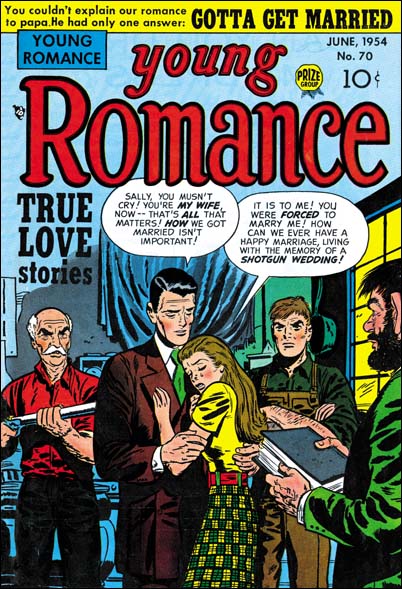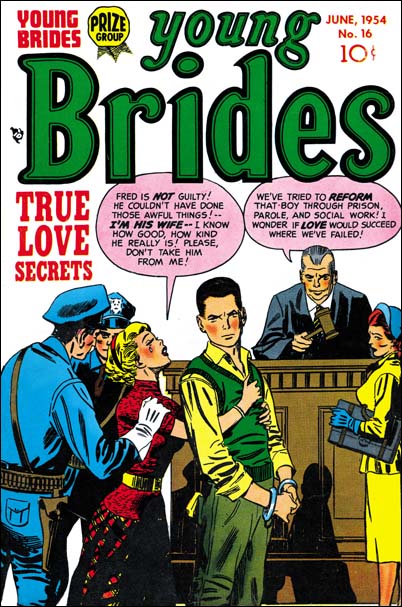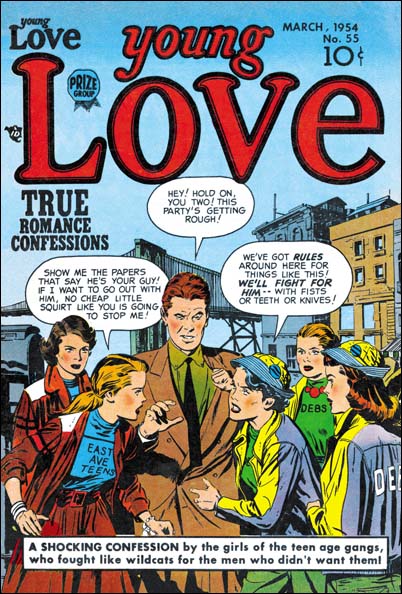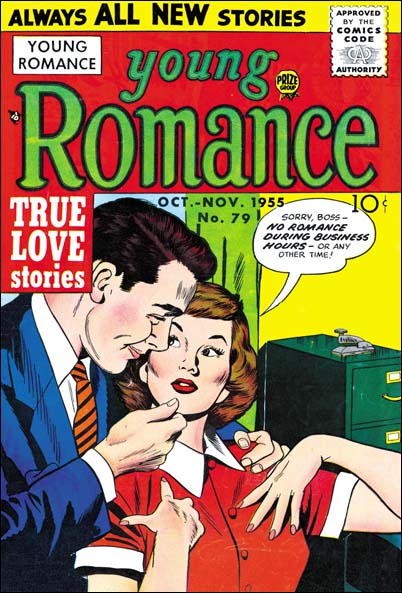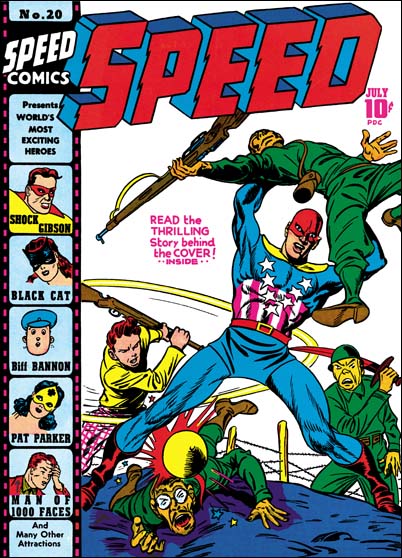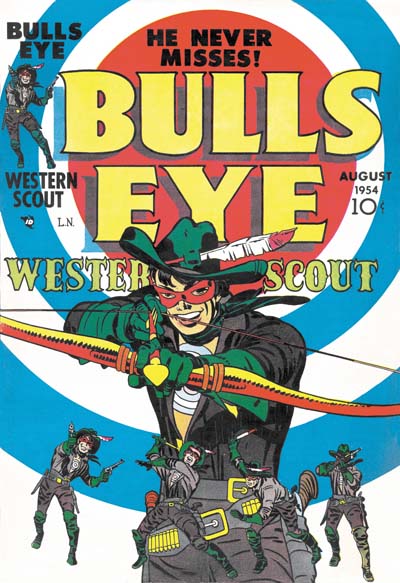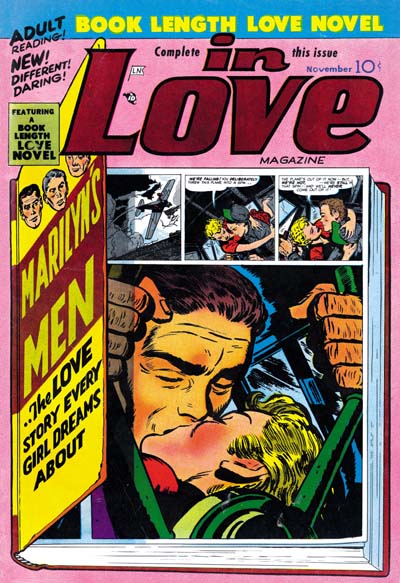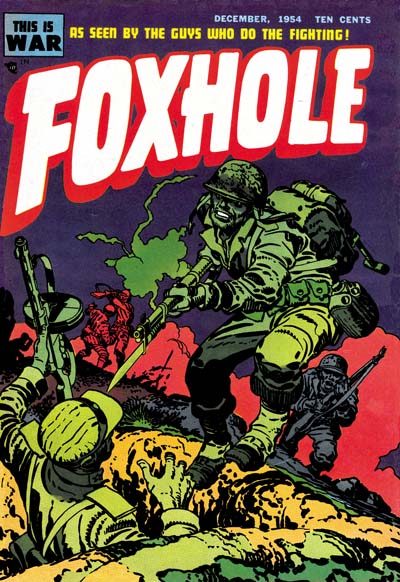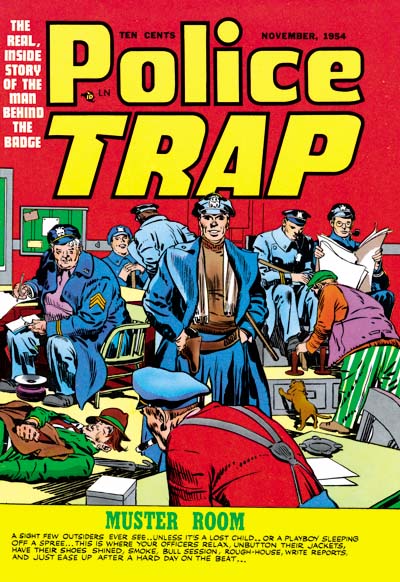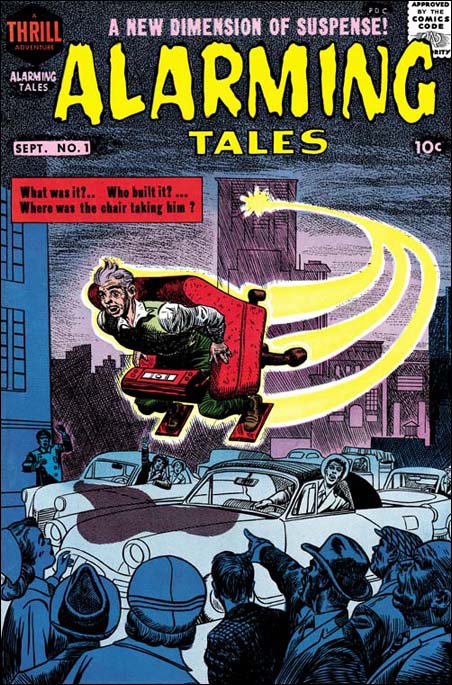
Alarming Tales #1 (September 1957) by Joe Simon
Previously in the End of Simon and Kirby, Joe and Jack’s own comic publishing company failed after just a short time. Another source of income for S&K was the comics they produced for Prize. But that company would also have difficulties and would cancel a number of titles. Kirby would turn to doing freelance work for DC and Atlas while Simon may have started do editorial work at Harvey.
We may not be certain whether Joe Simon was actually doing work at Harvey comics as an editor in 1957. But work by Bill Draut and John Prentice stopped appearing in the Harvey romance titles at about the same time as the Jack Kirby covers disappeared. Perhaps that is an indication that Joe stopped editing these titles. Whatever Joe’s job status was at this time, he still seems to be pitching comic proposals to Al Harvey, and at least some times succeeding. Alarming Tales would be a (Comic Code mild) horror/science fiction anthology. The first issue (September) would consists mostly of work done by Kirby. It could have been another all Kirby issue since Jack also supplied a cover, but Joe replaced it with one his own. It may sound like heresy but I think Joe was right. By removing the apparatus that covered the eyes, Joe’s man in a flying chair became scarier and thus more likely to induce a purchase. At some level Kirby must have thought this also because his splash page also shows the man in the flying chair without the goggles. It may not be obvious in the scan I provide, but Joe has used some sort of stipple paper to create the sky and has added zip tones on the car. Thus we see Joe using more modern materials to make comics, something that did not seem to interest Jack.
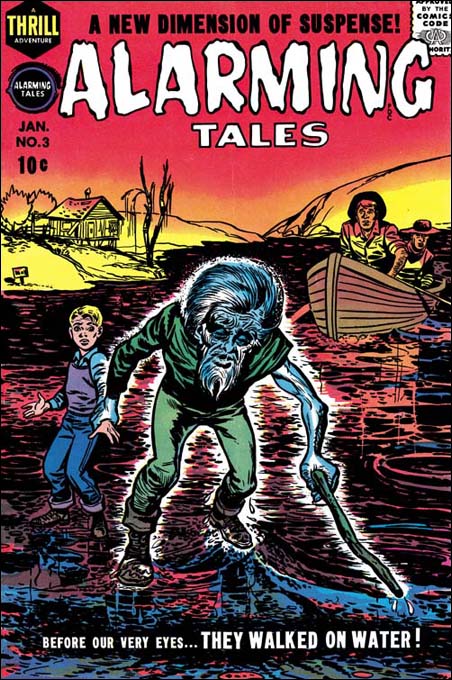
Alarming Tales #3 (January 1958) reworked Jack Kirby?
Alarming Tales #3 has a cover by Kirby, or is it really? There exists original art for another version of this cover that also looks like it was done by Jack. It has the same old man, boy and men in a boat. But the settings that holds these figures is different, more swamp like. The figures appear to be so similar between the two versions that stats may have been used for the published version. So what should it be called; a Simon and Kirby or Kirby pencils and Simon settings? In any case when Joe and Jack were working in the same studio I doubt that this would have happened. Reworking decisions like those for the covers of issues #1 or #3 would have been made before inking.
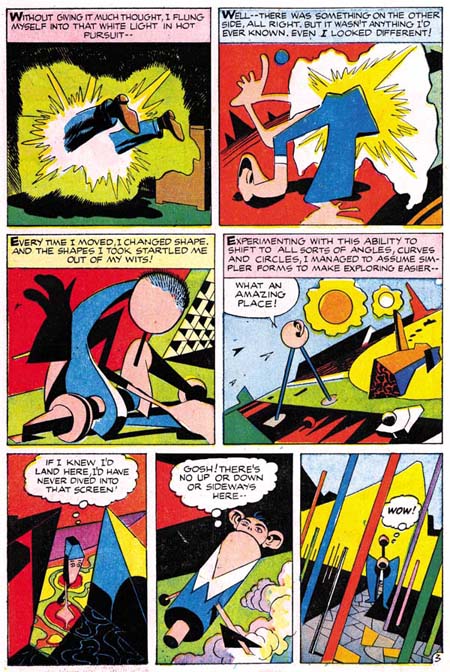
Alarming Tales #1 (September 1957) “The Fourth Dimension Is A Many Splattered Thing” by Jack Kirby.
Unlike some previous S&K titles that Harvey printed, Al seems committed to Alarming Tales and issued this title bimonthly. Jack’s contributions to the title fill the first two issues, but diminished to a single story in the next two releases. What Kirby did for this title was consistently pretty good. Stories include a future world ruled by rats and dogs, a scientist who develops plant men and a robot who wants to be a man, among others. But perhaps most unusual is “The Fourth Dimension Is A Many Splattered Thing”. Although the opening and closing sequences were clearly drawn by Kirby, I am not so sure about the fourth dimension panels. Frankly judging by previous efforts by Jack (Strange Worlds Of Your Dreams) I would have expected something visually more exciting. The inking on the Kirby stories is consistently excellent. At places there are the areas flooded with ink that seem a bit more abstract then natural, inking reminiscent of but not quite as good as the Yellow Claw work. In other places spotting takes on less of an abstract quality similar to what was done in Challengers Of The Unknown. There are even places with the “picket fence” type of crosshatching that was a mainstay of the S&K shop style, only once again done with a finer brush. I think much of the spotting in the first issue and the single story in the #3, perhaps even the line work, was done by Jack. There probably is less Kirby spotting in the issue #2 and #4. Alarming Tales continued without Kirby’s help until issue #6 (November 1958).
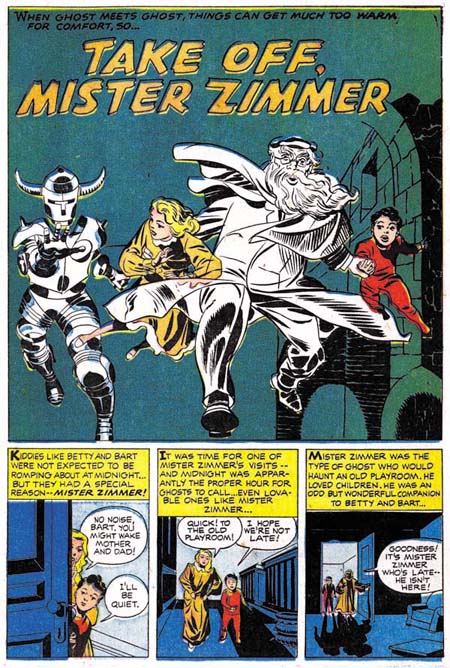
Black Cat Mystic #59 (September 1957) “Take Off Mr. Zimmer” by Jack Kirby
In the same month that Alarming Tales #1 was launched, the much delayed Black Cat Mystic #59 came out. There is an adventure with Mr. Zimmer and the two youngsters, but otherwise the idea of using Mr. Zimmer as the host for the comic seems to have been dropped. The rest of the contents to this issue are just the same sort of stories that were used in Alarming Tales and here also were all done by Jack. In fact the unused alternate cover version that Jack did for Alarming Tales #1 that I mention above, was actually originally meant for this issue of Black Cat Mystic. As with Alarming Tales, Harvey seems to have committed to releasing Black Cat Mystic on a bimonthly schedule. Issue #61 is another Kirby packed issue, but just like a ghost, Mr. Zimmer has now completely disappeared. Inking is similar to what was seen in Alarming Tales. With issue #58 done a year before, there is the distinct possibility that some or all of the stories were done earlier. There is no Kirby after issue #60 and #62 was the end of the Black Cat title as a horror/science fiction anthology.
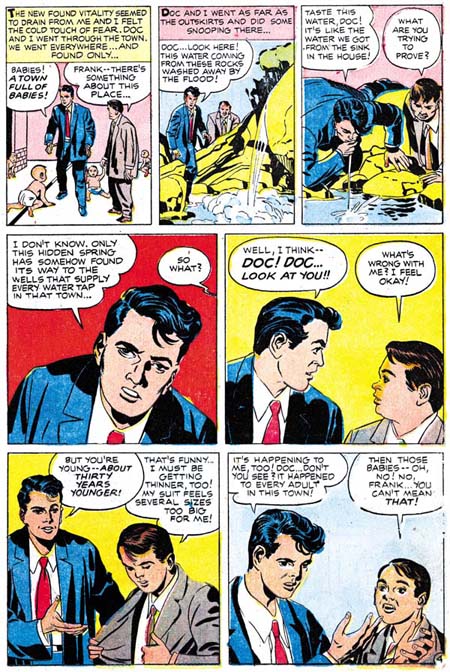
Black Cat Mystic #60 (November 1957) “A Town Full of Babies” by Jack Kirby
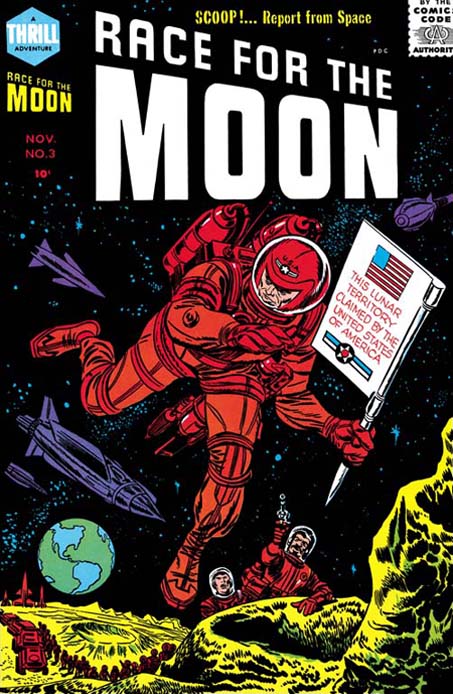
Race For The Moon #3 November 1958) by Jack Kirby
As mentioned in the last chapter, Russia launched its Sputnik 1 on October 4, 1957. Simon and Harvey’s response was pretty impressive. If you remember there is a 5 to 6 month difference between when a comic was started and the cover date of the final product. The earliest we could expect a response to Sputnik would be March 1957, and sure enough that is the cover date for Race For The Moon #1. Actually this issue probably would have come out later but Joe filled its contents with reprint material from older Harvey comics. Issue #2 would not come out until September but at least it was full of all new material by Kirby. Issue #3 followed promptly in November with more Kirby sci-fi. Included in this was the introduction story for The 3 Rocketeers, sort of a space version of the Challengers of the Unknown. But that month would be the last for both Alarming Tales and Race For The Moon.

Race For The Moon #2 (September 1958) “The Thing On Sputnik 4” by Jack Kirby
As I Simon and Kirby fan I find the material in Black Cat Mystic and Alarming Tales interesting reads. But how would a kid with only a few dimes feel about them? Frankly the contents of the two titles were the same. For that matter DC and Atlas offered not too dissimilar comics some with stories by Jack Kirby as well. I suspect that kid would just as likely spend his dimes elsewhere. I would have thought that Race For The Moon would have stood a better chance on the comic book racks. In any case, Joe had gotten Harvey to publish a number of titles, none of which became big hits. So by the end of 1958 Al Harvey probably was not too interested in trying again right away. If Joe had any other ideas he would most likely have to take them elsewhere. Unfortunately there were not a lot of other places to go.



